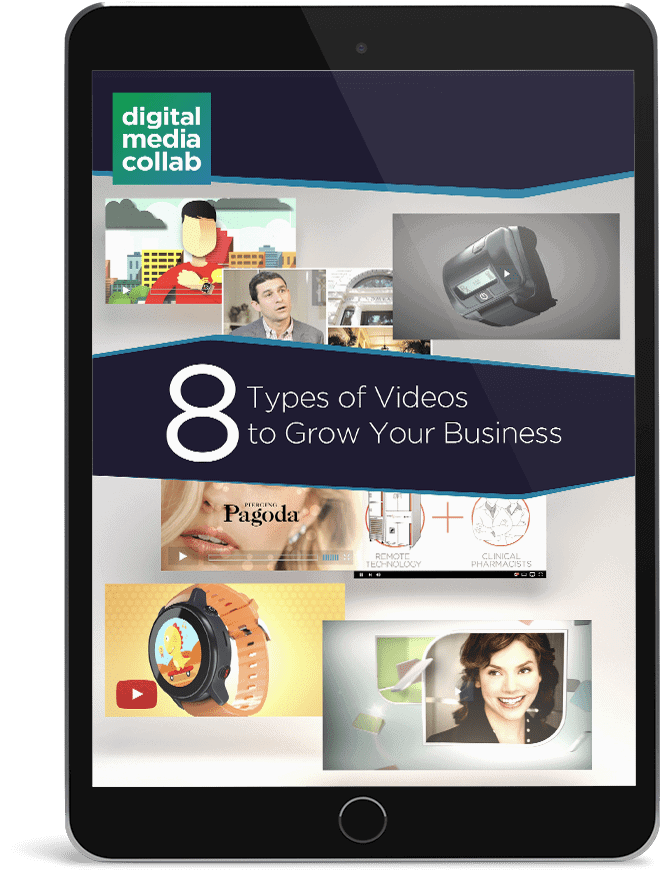You can’t make a movie without film, and you need equipment to capture the images. It’s important to know what video production gear is right for your needs. There are many types of cameras and lighting equipment that filmmakers use. This post will explore some of the most popular options.
Analog Cameras Are More Versatile To Some
This is the essential equipment you will buy. The one you choose depends on your preferences and the type of work you want to do. Video cameras come in two varieties: digital and analog. Analog is considered more versatile than digital because it can be broken down into several smaller pieces such as a lens, film, and flash. This allows for switching up camera types simply by changing out these different parts.
It’s also easier to control an analog camera than it is digital. The settings are more limited on digital cameras, so you won’t be able to alter things like shutter speed or aperture as quickly. You will have to adjust other types of equipment for the changes to be made.
Digital Cameras Are Considered The Best In Industry
Digital cameras are superior in high-risk situations. If you drop your analog camera, you could lose a lot of footage. There is also the risk of dust and moisture damaging it. However, digital cameras can shut down if they get too cold or hot. Be sure to have extra batteries on hand so that the equipment doesn’t cut out when you need it most. Most digital video cameras like Mark ii can shoot in a variety of different formats, including 1080p and SD.
When it comes to price, analog and digital options are on a level playing field. Despite advances in technology that have made some digital cameras less expensive, an analog camera can be as cheap or as expensive as a digital model of similar quality.
Will You Be Editing Your Video?
If you want to edit your video content, you may opt for a high-definition camera with recording capabilities. This way, you can record several types of videos with one device. The drawback is that they tend to be more expensive than standard cameras. However, digital cameras are the standard among the professional video production industry.
Lighting Kit
Lighting is essential in video production because it determines how your movie looks. If you use too much light, the images may be overexposed. Not using enough light can lead to very dark videos that are hard to see.
The best type of lighting kit to videos is the three point lighting kit. It’s almost always used for professional films and videos, but some people prefer two-point lighting. This involves placing the primary light source directly in front of the subject, one on either side.
Three-point lighting creates a triangle shape around your subject that’s created by three lights. The key light is placed directly in front of them at eye level, while the fill light is placed on the opposite side. The backlight shines from behind and above to make your subject stand out more in the frame. Three-point lighting is straightforward to do with the right production equipment.
Tripod Camera Stabilizer
With video, stability and smooth shots are extremely important. Camera stabilizers allow you to move around with your camera and keep it steady as you shoot. They can be instrumental if you need to follow a moving subject or walk through an area without bumping into things.
They can produce professional-looking videos of higher quality than you can edit during post production and upload to the internet. However, acting is an art that requires a good deal of practice. Get used to being in front of a camera, so it doesn’t seem strange when you’re recording a movie.
Boom Mic
A boom mic is another essential piece of video equipment. Many people use a separate microphone when shooting, but you can also include a boom mic in your shot for better sound quality. It’s best to attach the microphone near the actor’s head when it’s in the frame. If you’re using an analog camera, position it close enough to allow sound to get into the microphone.
However, if you’re using a digital camera that records external sound from a separate source, you’ll have to find a way to sync external sound with what’s being filmed. This can be done by marking the video and checking for matching sounds during editing.
Microphone
Using a microphone is good if you want to record the sound on set. If someone has to say their lines more than once, it can be charming for them and the camera operator. A directional microphone works well when recording dialogue so that you can hear what’s being said.
There are also wireless microphones available that allow actors or subjects to move around as they speak. The microphone captures their voice, while the camera person can keep them in the frame. Wireless microphones are often used for film shoots because it allows the subject to be more spontaneous and natural.
Monitor
The monitor should be large enough to see and read quickly. It is highly recommended you make sure it’s properly calibrated so you can see what you’re filming. Having a good view of the screen is very important when filming because you should always know how your video will look before hitting a record or taking that first shot. However, please don’t stare at the camera, as it can be distracting for the audience.
Memory Card
A large memory card is handy when filming because it provides a lot of space for video files. However, if you’re starting and don’t have a big budget, a small memory card, and an external hard drive will allow you to learn how your camera works before committing to buying a larger size.
Laptop or Computer
A laptop or desktop is needed for editing. If your video is only a few minutes long, you can edit it on the camera itself. However, standalone programs are more challenging to use, and they’re also prone to crashing. Working with the video editing software on a computer allows you more flexibility regarding what you can do with your movie.
Shotgun Microphones
If you’re filming an interview or a scene with dialogue, you’ll want to ensure the sound quality is excellent to produce a quality video. When recording a conversation, use a shotgun mic that captures sound from one direction. It’s considered more professional because it cuts out surrounding noise and creates clear dialogue for your video.
This type of microphone works well when it’s mounted on a boom pole so it can hover near the actor. You also need to make sure it isn’t too close or too far from your interviewee, as this will affect the recording quality.
Boom Pole
A boom pole is a long and extendable arm that you can attach the microphone to. It allows you to move the mic back and forth while still keeping it in the frame. A boom pole also lets you get closer to your subject than if they were holding the microphone.
If you’re trying to record dialogue, get comfortable using a boom pole because it’s one of the essential pieces of equipment. To attach a boom pole to your camera, you need a grip head. These are often included in starter kits or bought separately from retailers that sell video production equipment.
Lavalier Mic
If you’re filming an interview and there’s a lot of surrounding noise, use a lavalier mic instead. It clips onto your subject’s shirt so that they can keep their hands free as they speak.
Lavalier mics are commonly used on sets because it allows actors to be more natural. They can move around as needed, and the microphone won’t get in the way. After recording, you’ll need to sync up your video file with the sound in post-production. This is done by marking the video and checking for matching sounds during editing.
Audio Recorder
A recorder can be used for interviews or capture sounds you want to incorporate into your movie. When filming an interview, ensure the audio recorder is hidden somewhere, like in a bag, on the table, etc. It’s important not to show it because it can distract and make it seem like you’re trying too hard to record everything.
When filming, don’t get too close to the subject because it will distort the sound. However, it would be best if you also got close enough so they could hear you and answer your questions. If there’s background noise, try to cut out some of it before recording or editing it in post-production.
Microphone Stand
A microphone stand is used for interviews or other scenes where you need to record clear dialogue. It allows you to stay focused on the subject, as it frees up your hands so you can focus on recording without worrying about keeping the mic steady.
To make sure someone looks good in front of the camera, you’ll want their body centered between the top and bottom of the frame. You can do this by positioning their body or moving the camera closer to them.
If you’re filming a documentary, pay attention to your subject’s movement and try not to cut too many times between shots since it will be distracting for the viewer.
For more dramatic movies, cutting between different angles can help set the mood or show action. Think about how you want your film to feel and use different camera angles to achieve it.
Camera Rigs
Camera rigs are helpful when you want to stabilize the top of your camera. They let you shoot videos s in which hand-held shots aren’t appropriate. With a rig, the cinema camera is stabilized, so your video looks more professional, and it’s perfect for scenes that require smooth panning or tilting shots.
Instead of holding the camera, use a rig that attaches to your rig with the handle. You can also use a rig for scenes that require you to be moving around quickly. It’s best to use a tripod during locations that are slow-paced or stationary.
If filming dialogue, make sure your subject is at least some feet away from the camera because the microphones are directional and need space to capture sound.
If you’re close to your subject, you’ll get a lot of background noise and won’t be able to edit it out later because it will be too much. You can use an off-camera microphone during recording to capture sound from the direction you want.
Conclusion
We have talked about several of the industry standard equipment categories in video production. A video production professional will often have more variations to each of these categories of equipment.
If you have been considering making an investment in videos that showcase your products or services, it’s best to work with a professional who has years of experience. If your videos are done right, they can make a huge impact on consumer engagement.




